Spatial Variation of Seismic Ground Motions —— Modeling and Engineering Applications
----- 地震地表运动空间变化:模型与空间方法
Introduction Stochastic estimation of spatial variability Basic definitions Stochastic processes Bi-variate stochastic processes Coherency Multi-variate stochastic processes and stochastic fields Parametric modeling of spatial variability Parametric power spectral densities Early studies on spatial variability Dependence of coherency on physical parameters Parametric coherencymodeling Parametric cross spectrum modeling Physical characterization of spatial variability Frequency-wavenumber (F-K) spectra Amplitude and phase variability Seismic ground-surface strains Semi-empirical estimation of the propagation velocity Estimation of the surface strain field Accuracy of single-station strain estimation Incoherence vs propagation effects in surface strains Displacement gradient estimation from array data Considerations in the estimation of seismic ground strains Random vibrations for multi-support excitations Introduction to random vibrations Discrete-parameter systems Distributed-parameter systems Analysis of rms lifeline response Additional random vibration considerations Simulations of spatially variable ground motions Simulation of random processes Simulation of random fields Simulation ofmulti-variate stochastic vector processes Conditionally simulated ground motions Conditional simulation of random processes Processing of simulated acceleration time series Example applications Engineering Applications Large, mat, rigid foundations Dams Suspension and cable-stayed bridges Highway bridges Some concluding remarks References
{{comment.content}}
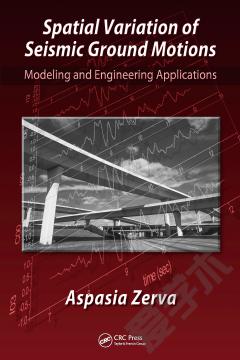
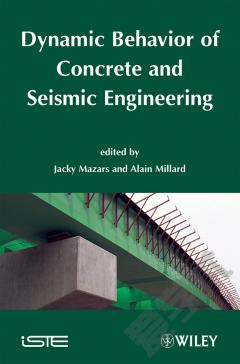
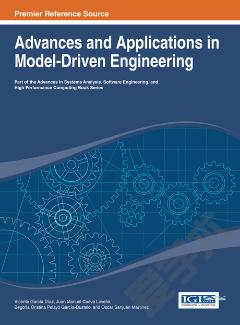
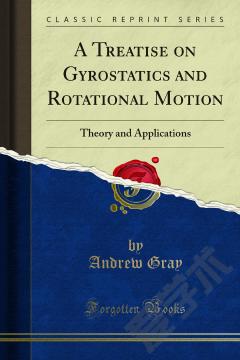

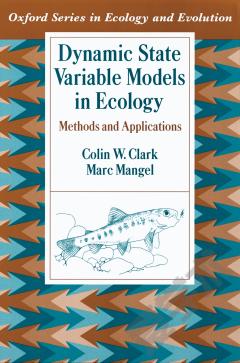
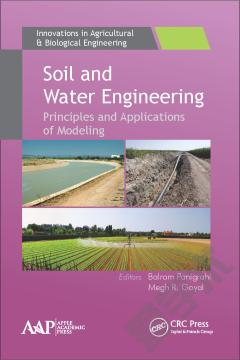

 京公网安备 11010802027623号
京公网安备 11010802027623号